Understand suture systems
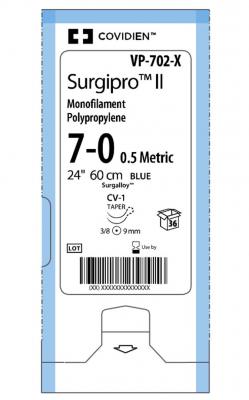 To date, there are several basic suture measurement systems, EP or Metric and USP. Figure 1, package of monofilament suture material Surgipro II
To date, there are several basic suture measurement systems, EP or Metric and USP. Figure 1, package of monofilament suture material Surgipro II
Figure 1, package of monofilament suture material Surgipro II
As a rule, information on the thread diameter in both systems is placed on the suture package.
Let's consider the first of them. EP (European Pharmacopeias), also known as the metric system, is labeled Metric on the suture package. This measurement system is adopted in Europe and Russia
In numerical expression, the designation in the Metric system is as follows: 0.5; 0.7; 1; 2; 3;
The size in the metric system is calculated as the diameter of the thread in millimeters, multiplied by 10.
Accordingly, to determine the diameter of the thread in millimeters, you need to divide the size of the EP system (metric system) by 10.
For clarity, consider an example. Figure 1 shows the suture material with the size indicated on the package of 0.5 according to the EP system. To calculate the diameter of a thread in millimeters, divide the value by 0.5 by 10 and obtain a thread diameter of 0.05 mm.
The second suture measurement system adopted in the United States is called USP, which is an abbreviation for US Pharmacopoeia. In this system, the conditional dimensions of the threads are denoted by fractional numbers.
Example: 2/0, 5/0 or 2-0, 5-0, reads this name as "two zeros", "five zeros", etc.
The more the numerator of a fraction, the thinner the suture material.
The origin of the measurement system goes back to the times when the production technologies of suture materials were borrowed from the music industry producing strings. The technical capabilities of the machines made it possible to create suture material in sizes from # 1 to # 6 by USP, where # 1 was the thinnest.
With the development of technologies and their use in the world of materials produced less marking # 0, to indicate their shortcomings become an additional 0 in the marking.
"As long as there is" - # 0000.
"To simplify the reading of the marking, it was decided to designate the number of zeros through the fraction, after which" # 000000 "turned into visual 6/0 or 6-0.
It is also worth noting that in the tables on the size of the material the USP system differs from other types of suture material.
This is due to a change in the size of the catgut after the swelling of the filament in the tissue.
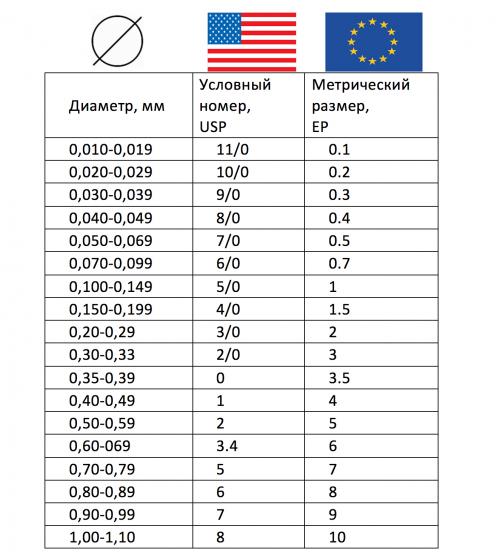
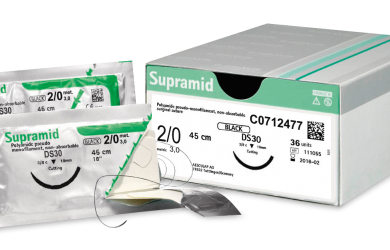
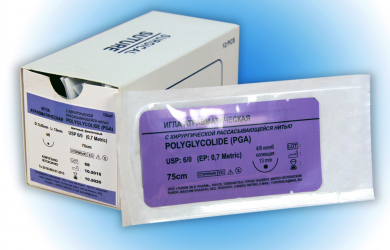
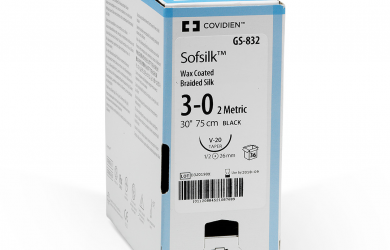
- Skills:
- Instrument Tie. Technique of execution., A simple nodal seam. Technique of execution., Simple immersion seam. Technique of execution., Horizontal mattress suture. Technique of execution., Simple continuous seam. Technique of execution., Continuous seam with overlap. Technique of execution., Intradermal suture. Technique of execution.
- Interesting:
- Basic techniques of surgical sutures
- Documentation:
- Catgut - absorbable natural suture material, PGA - polyfilament resorbable suture material, Silk - a polyfilament conditionally resorbable suture, Vicryl - a polyfilament resorbable suture material, Premilene - monofilament non-absorbable suture material


You can be the first
New comment